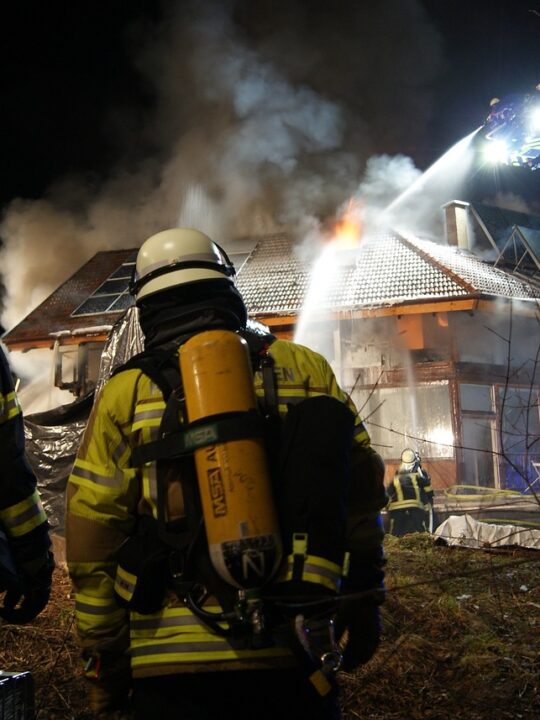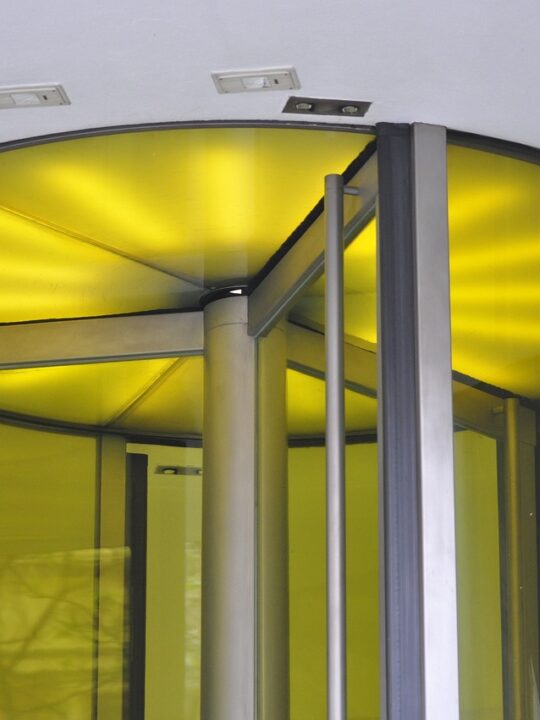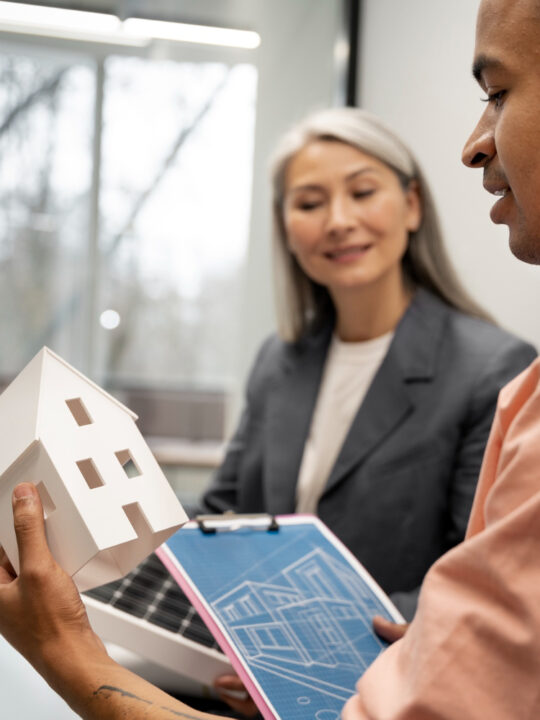Are you planning a day outside, but afraid that the sun’s rays will still do damage to you?
Sure, being in the shade isn’t the same as being inside. But can you get sunburnt in the shade? Does that mean you have to stay in hiding for the rest of the summer?
The sun’s UV rays may be less harmful in the shade. But, the truth is that the sun’s intensity may be less and the rays’ damage is still there.
Keep reading to learn more.
Table of Contents
Direct vs. Indirect UV Exposure
When you’re sitting under a tree or an umbrella, you might think you’re shielded from the sun. But, UV rays can still reach you. Indirect UV exposure is a common misconception when it comes to seeking shade. While you may not be under the sun’s rays, surfaces around you can bounce UV radiation onto your skin.
For example, if you’re sitting near a pool, the water can reflect UV rays onto your face and body. This can potentially lead to sunburn. Similarly, sand or light-colored walls can have a similar effect.
It’s important to be mindful of your surroundings and the reflective surfaces. These could increase your UV exposure, even when you’re in the shade.
Diffuse UV Radiation
Diffuse UV radiation occurs due to the scattering of UV rays by particles in the atmosphere. Even when you’re under shade, some UV radiation manages to reach your skin from different angles.
This means that being in the shade doesn’t guarantee complete protection from UV radiation. It may be less intense than direct sunlight. But, prolonged exposure to diffuse UV radiation can still lead to sunburn.
UVA Penetration
UVA rays are longer wavelength ultraviolet rays that can penetrate deep into the skin. They are present throughout the day and can pass through glass and certain fabrics.
This means that even when you’re indoors or sitting under a shaded area, UVA rays can still reach your skin and contribute to skin damage and aging. It’s important to note that UVA rays are present regardless of whether it’s sunny or cloudy outside.
So, it’s essential to incorporate UVA protection into your daily routine. This includes wearing sunscreen with broad-spectrum coverage. You can find also anti aging tips here to further enhance your sun protection regimen.
Shade Quality
Not all shade is equal when it comes to UV protection. Some shade structures, like dense trees or tightly woven fabrics, can offer better protection from UV radiation. But, loosely woven or lightweight materials may not provide adequate defense.
It’s essential to assess the quality of the shade you’re seeking. Also, consider using extra protection, such as sunscreen or protective clothing, if necessary.
Altitude and Reflective Surfaces
Altitude and reflective surfaces can amplify the intensity of UV radiation. At higher altitudes, the air is thinner. This allows more UV rays to penetrate and cause sunburn. Additionally, surfaces like snow, water, or sand can reflect UV radiation. This increases your exposure.
So, Can You Get Sunburnt in the Shade?
Can you get sunburnt in the shade? Yes, sunburns can happen in the shade. While direct sunlight is a major factor in getting a sunburn, reflected and indirect sunlight can still lead to burns.
To ensure protection, it is best to be mindful of sun exposure and use sunscreen. Making sun safety your priority is the best way to stay healthy!
For more helpful, interesting, and fascinating reading, keep exploring our blog for more!







